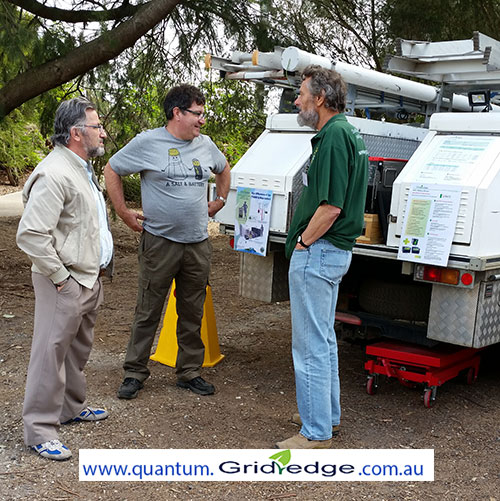When people start looking at energy battery storage one thing they often ask is I have “x” kW solar on my roof at the moment, how much battery storage do I need?
This isn’t an easy question to answer and there definitely isn’t a one size fits all answer. If someone tries to sell you a battery without asking about your lifestyle and what your needs are then walk away. Chances are they are just trying to sell you their battery and not really working towards what is best for you. The cheapest battery upfront may turn out to be more expensive in the long run if the battery technology isn’t matched to your needs.
The amount of storage isn’t really related to the amount of solar you have on your roof (although it is definitely part of the equation) but it is more to do with how much power you use on a daily basis, how long you want backup power for and what appliances you want to operate from the battery. Continue reading “How much battery capacity do you need?”









